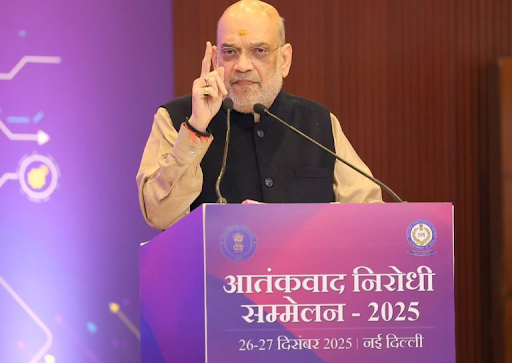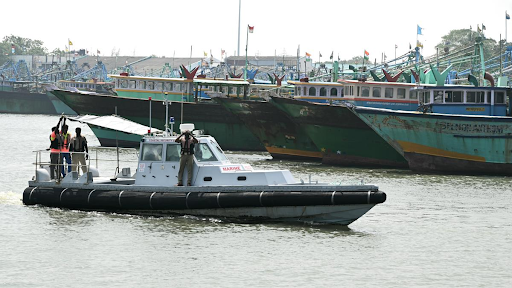



Ukraine’s Operation Spider Web, using low-cost autonomous drones to penetrate deep into enemy territory, signals a transformative shift in modern warfare, challenging traditional defense systems. India is actively embracing this change by developing advanced autonomous weapons systems (AWS) for strategic defense, border security, counter-terrorism, and disaster management, while also fostering indigenous innovation to strengthen its military and economic future.

Disclaimer: Copyright infringement not intended.
Ukraine’s Operation Spider’s Web may have fundamentally transformed the geometry of the battlefield, and potentially changed the face of war for years to come.
Modern war is going through a seismic change. The most prominent drivers of this bounce have a exponential increase of autonomous arms systems (AWS) including drones, missiles and robotics. Ukraine's recent "Operation Spider Web", which included launching inexpensive quadcopters from within Russia, marks a watershed moment in the development of military strategy, highlighting the untouchability of traditional air defense models.
India is also embracing this change. The Indian drone market is estimated to increase to $ 11 billion by 2030, with more than 12% of the global drone industry (Drone Federation of India, 2024). Meanwhile, initiatives such as Operation Sindoor displays India's commitment to integrate AWS in its strategic arsenal.
AWS refers to arms systems that can choose and attach the target with minimal or no human intervention. According to the UN Institute for Dismount Research (UNIDIR), more than 30 countries are currently developing AWS. These systems expand a wide range of technologies and capabilities.
These are often classified:
|
Type of System |
Description |
Examples |
|
Remotely Operated Systems |
Controlled by human operators from a distance; decisions are made by humans. |
Predator drone (USA), Heron drone (Israel/India) |
|
Semi-Autonomous Systems |
Capable of performing tasks once launched, but require human initiation. |
Fire-and-forget missiles like BrahMos (India) |
|
Fully Autonomous Systems |
Operate without real-time human control; use pre-programmed instructions. |
Loitering munitions with self-targeting features |
Therefore, the future of war, not only on adopting these techniques but also on regulating them responsibly. India stands at a significant turn, where its technical skills should be matched with strategic foresight. As the battlefield geometry transforms from trench lines to data currents, India's policies should keep pace to ensure peace, preparations and prosperity in the fast military world.
Source:
|
PRACTICE QUESTION Q. Examine how the rise of autonomous weapon systems (AWS) is transforming modern warfare and discuss the strategic significance of AWS for India’s defense and security. (250 words) |





© 2026 iasgyan. All right reserved